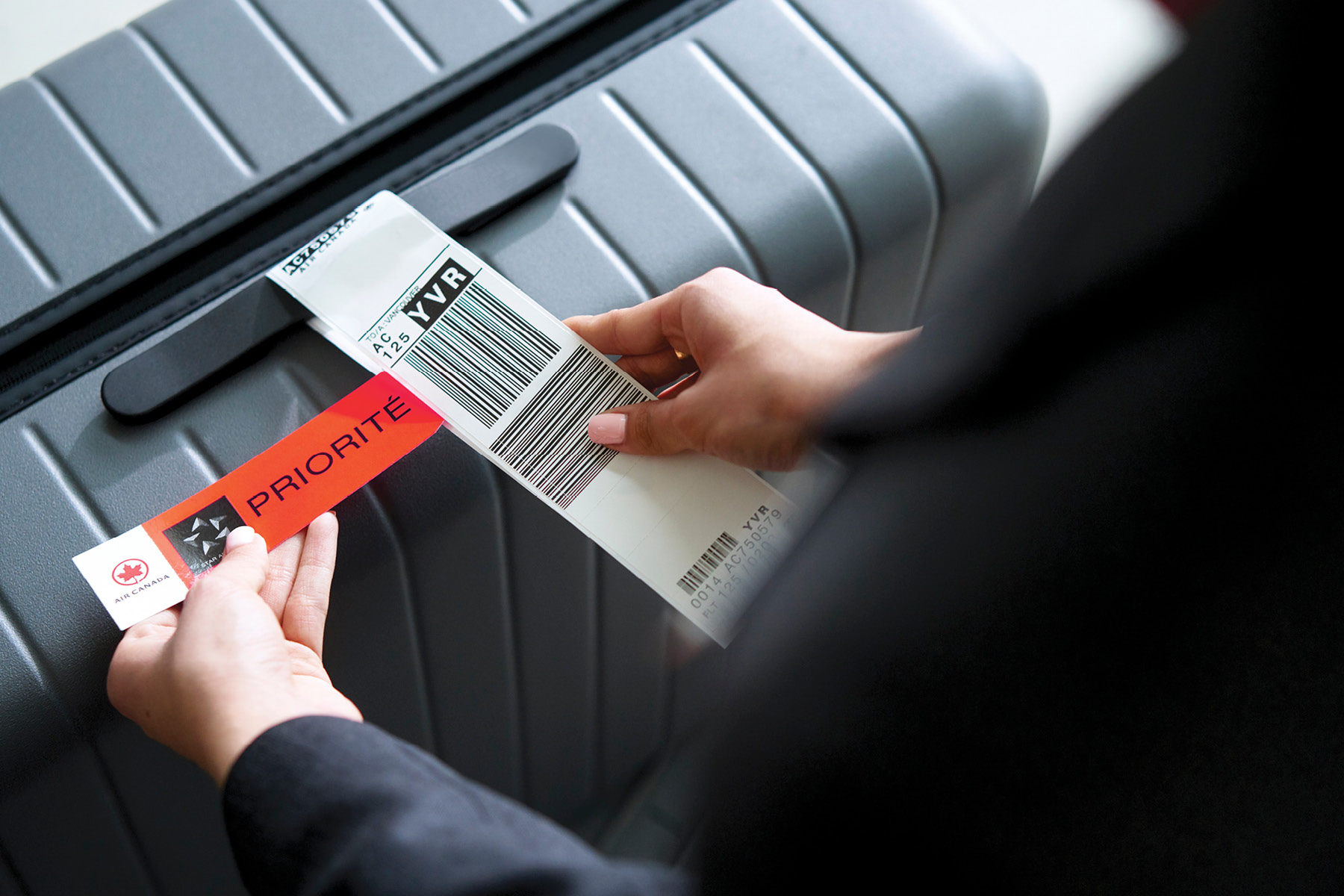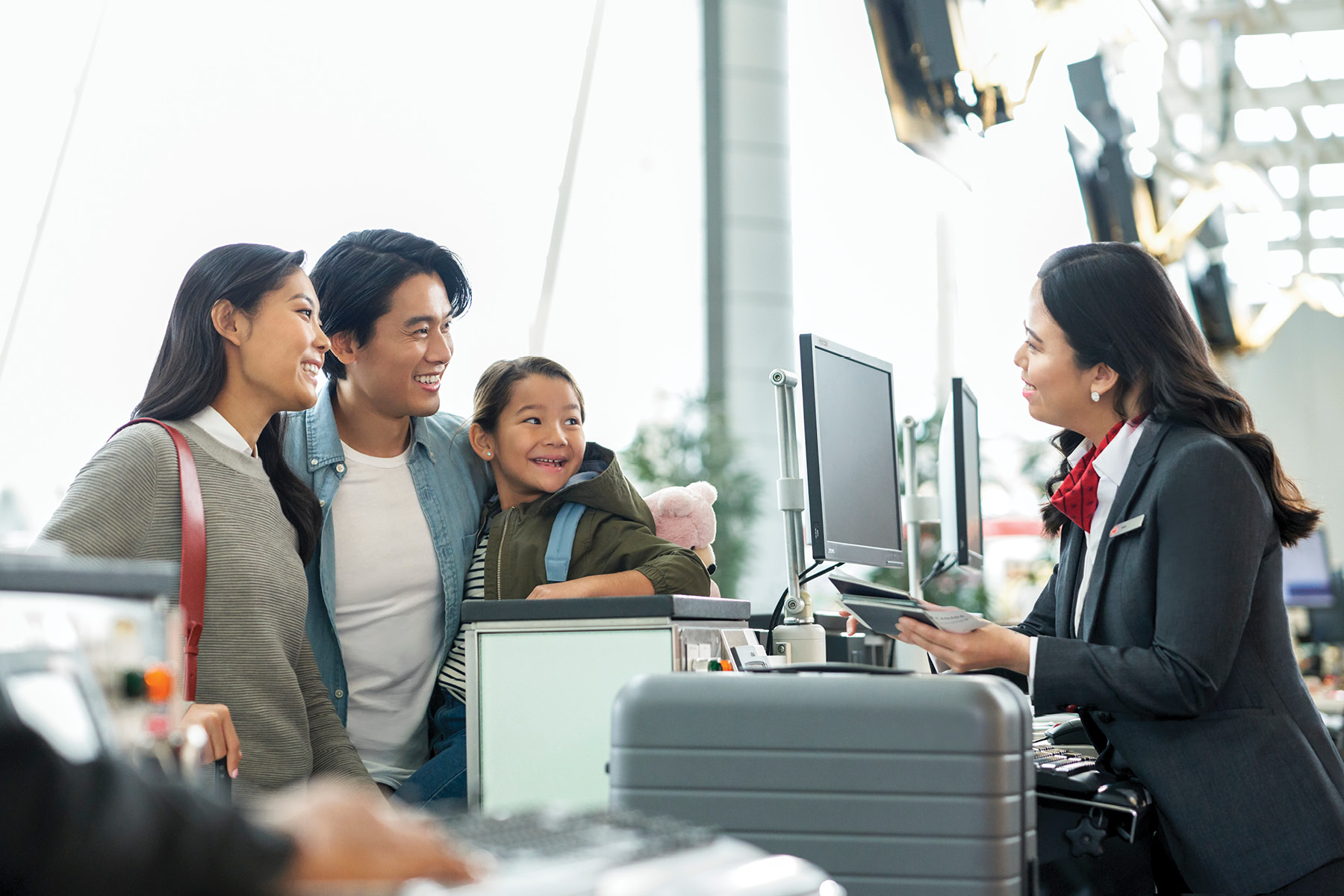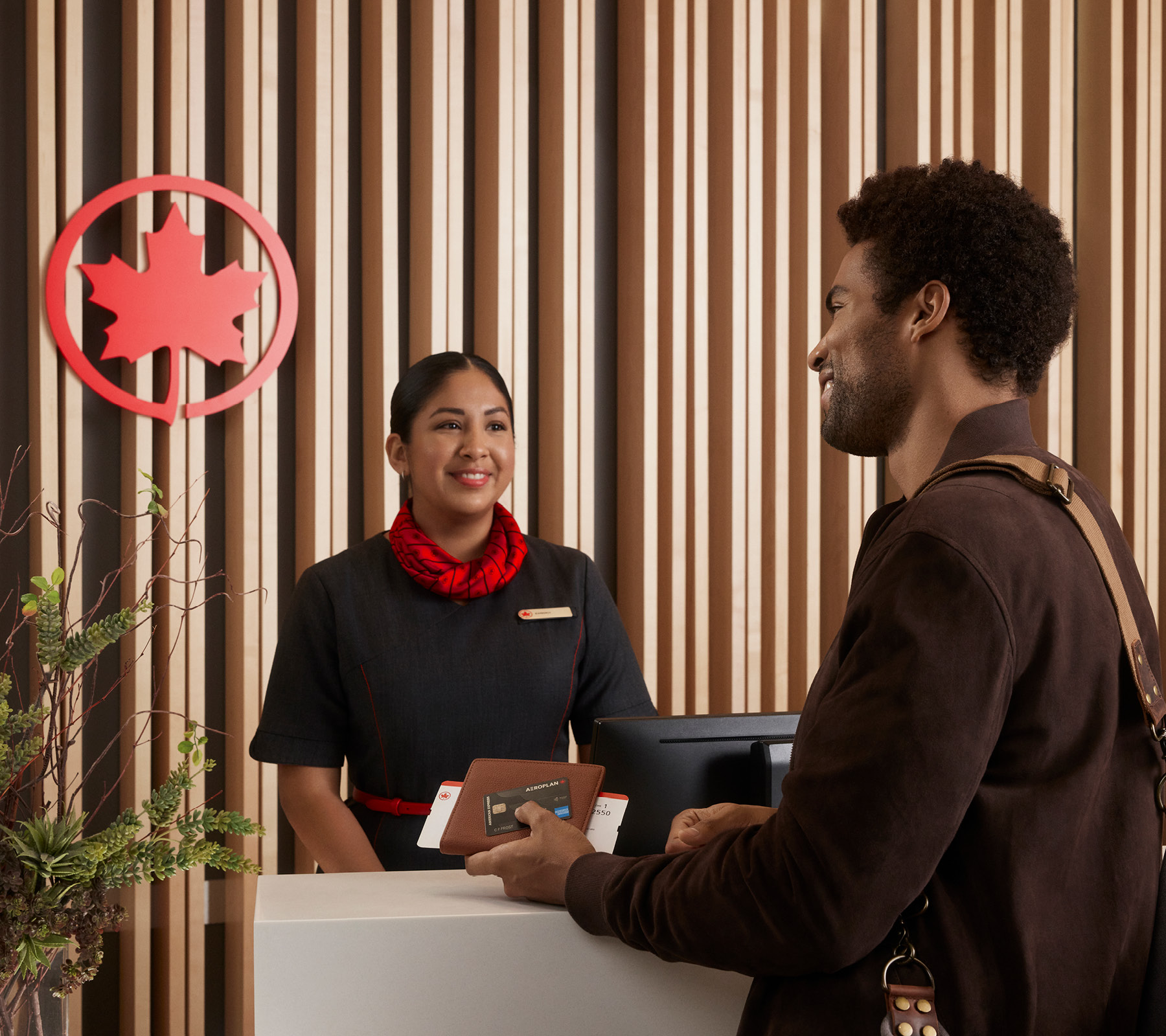The deep blue expanse of the North Pacific Ocean divides many things, but the kinship between Australia and Canada is not among them. As siblings under the Commonwealth, the two countries have long enjoyed a special relationship in the realms of both business and leisure. For the longest time, distance was the primary cause of any estrangement.
The advent of air travel changed that. Suddenly, the Great White North and the Land Down Under were separated by mere hours. Among those tasked with bridging that gap is Air Canada, the country’s national carrier. Since it was established in 1937, Air Canada has played an integral role in nurturing and maintaining the close bond between Canada and its southern cousin.
Common Threads
“Thanks to a shared love of nature and our outdoor lifestyles, as well as a similar sense of humor and generally relaxed approach to life, Australians and Canadians are very much alike,” says Air Canada’s General Manager Australia and New Zealand Vic Naughton.
“But we offer incredibly different visitor experiences. Canadians are genuinely enthralled by Australia’s unique wildlife and beaches, while Australians are equally drawn to Canada’s natural attractions – not just in winter when the ski fields and polar bears are big drawing cards, but year-round activities such as train journeys through the Canadian Rockies and exploring the beautiful maritime provinces.”

“Air Canada is the only international network carrier in North America to receive a ‘4-Star’ ranking from the independent British research firm Skytrax.”
Since international travel emerged from the turmoil of the COVID-19 pandemic, Air Canada worked hard and fast to rebuild its Pacific network. Currently, it operates year-round nonstop flights from Sydney and Brisbane to Vancouver, with a new seasonal service from Auckland to Vancouver to follow later in 2023.
This quick rebound is characteristic of Air Canada’s ‘never say die’ spirit, which has propelled the airline on a growth trajectory that, pre-pandemic, saw it cement its position as one of the world’s top 10 carriers.
“Over the past decade, we’ve won numerous accolades for our products and services,” Naughton says.
“In fact, Air Canada is the only international network carrier in North America to receive a ‘4-Star’ ranking from the independent British research firm Skytrax.”
Making Connections
Naughton joined Air Canada in 2017 after building a career in retail travel. This background has proven invaluable, as his role as General Manager means he is responsible for all commercial operations across the region.
“As we move toward the 2023/24 northern winter season, we will further increase our capacity out of Australia, with 10 flights a week from Sydney and daily services from Brisbane using larger aircraft. We also have plans to relaunch our Melbourne–Vancouver service in the near future.”
It’s a little known fact that Air Canada’s via-Vancouver services are the fastest way to reach New York City from Brisbane, and one of the fastest from Sydney. While the idea of spending more time in the air flying further north may seem counterintuitive to the speed-minded traveler, Naughton says that’s not where time is saved.
“The reason flying with Air Canada is more efficient is due to the seamless transit experience in Vancouver International Airport,” he explains.

“Vancouver International was voted the best airport in North America for more than 10 consecutive years.”
Unlike at United States gateways such as Los Angeles International Airport, all Air Canada passengers transiting at Vancouver International Airport proceed straight to their connecting flight without rechecking their bags or changing terminals.
United States-bound customers also pass through United States customs and immigration at Vancouver International, which means a quick exit once they arrive at their destination.
“While not everyone knows how easy it can be traveling via Vancouver, plenty of smart travelers clearly do, because a significant percentage of our passengers now continue on beyond Vancouver to a wide range of points across the United States, including Las Vegas and Chicago,” Naughton reveals.
“It’s one of the reasons Vancouver International was voted the best airport in North America for more than 10 consecutive years, and the reason Air Canada’s passengers spend less time on the ground.”
Luxury Facilities
When they’re on the ground, those passengers enjoy Air Canada’s global lounge network, which includes almost 30 lounges in 19 airports around the world.
“In June, we launched a new groundbreaking Maple Leaf Lounge in San Francisco, our first lounge in the city and our first globally to offer an outdoor lounge terrace with views of the runway,” Naughton explains.
“Over the next few years, new lounges will also be introduced to Vancouver, Toronto and Montreal – the latter incorporating an Air Canada cafe concept, which offers the time-poor passenger a pit-stop alternative to visiting the domestic Maple Leaf Lounge.”

“We’ve also announced plans to develop a second-generation business class for our Boeing 787 and 777 aircraft.”
During their time in the air, however, Air Canada’s passengers can opt for the airline’s Signature Class experience, which involves Executive Pods featuring fully flat beds, quilted mattress pads, plush comforters and WANT Les Essentiels amenity kits.
Signature Class is just one element of Air Canada’s Signature Service, an end-to-end premium travel experience that includes dedicated check-in counters, expedited security clearance, lounge access, exclusive boarding lanes, priority baggage handling and more.
“We’ve also announced plans to develop a second-generation business class for our Boeing 787 and 777 aircraft,” Naughton adds. “All the new features are under wraps, but changes could include the introduction of sliding privacy doors and design changes that deliver even more passenger space.”
Success and Sustainability
It’s improvements like these that encourage customer loyalty for the Air Canada brand. Strong as that loyalty is, Naughton says the airline’s work in that department is tireless.
“In late 2020 we relaunched our loyalty program Aeroplan and introduced an array of innovations,” he confirms.
“Not only can Aeroplan members use their points on more than 45 airlines across the globe, they can also use points to bid for upgrades, purchase in-flight wi-fi or buy everyday items such as coffee or gift cards.”
Aeroplan members are also able to join a group plan, which allows a family to pool points. “Selected Aeroplan members can also gift their status to another Aeroplan member for their next trip,” he adds.
Underneath Air Canada’s renewed Pacific network is a sustainability approach best described as ‘leave less and do more’.
“We want to leave less through the way we operate – less carbon in our atmosphere, less waste in our land and water – and contribute more toward sustainability in our local communities,” Naughton says.

“We want to leave less through the way we operate – less carbon in our atmosphere, less waste in our land and water – and contribute more toward sustainability in our local communities.”
“We currently have a goal of reaching net zero by 2050. In addition, we are investing CAD$50 million [US$36 million] in developing sustainable aviation fuels and carbon reduction/removal techniques.
“We’ve ordered 30 electric hybrid aircraft for use on regional routes in Canada, and our smart onboard recycling program has also helped remove 47.8 million single-use plastic items from flights and recycle 16.8 metric tons of aircraft textiles over the past four years.”
Further strengthening Air Canada’s position in the global market is its strategic partnerships with other airlines. In May, Air Canada and Virgin Australia expanded their partnership to enable Australians to book flights to Canada’s most iconic destinations through the Virgin Australia website.
“That means passengers can travel on a single ticket from just about anywhere in Australia to cities such as Vancouver, Montreal and Toronto,” he points out.
The COVID-19 pandemic offered airlines a chance to pause and reflect, and ideally come out stronger. Naughton says Air Canada seized that opportunity and ran with it.
“My wife and I entered the COVID-19 period as a couple, and we came out as a family of five,” he says. “So as well as managing Air Canada, I also manage three kids under five!
“Meanwhile, my team’s resolve and dedication saw us through the most testing time in the history of aviation. Once you come through an experience like that, it’s hard not to imagine your team is capable of anything.”




